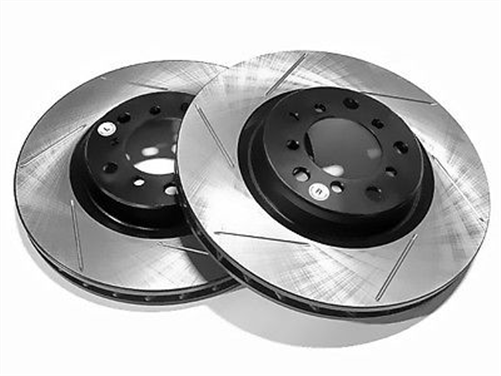Welcome to
On Feet Nation
Members
-
rimeton454 Online
-
Raymond Online
-
Michael Online
-
Steven Online
-
Jane Maria Online
-
GRAHAM MULFY Online
-
Spency Haremd Online
-
Rodney Online
-
Gabriel Online
Blog Posts
Top Content
Understanding Disc Brake Rotors: The Key Component of Modern Braking Systems
Disc brake rotors are an essential component of the modern automotive braking system, revolutionizing the way vehicles come to a stop. Whether you're a car enthusiast or simply a conscientious driver, understanding disc brake rotors and their role in ensuring safe and efficient braking is crucial. In this comprehensive guide, we will delve into the intricacies of disc brake rotors, exploring their design, function, maintenance, and the critical role they play in vehicle safety.
Disc Brake Rotors: The Basics
Disc brake rotors, also known as brake discs or brake rotors, are flat, circular metal components attached to the wheel hubs of a vehicle. They work in tandem with brake pads to create the friction necessary to slow down or stop a moving vehicle. Disc brake systems have largely replaced drum brakes due to their superior performance and heat dissipation capabilities.
Design and Construction
Disc brake rotors are typically made from cast iron, carbon composite materials, or more recently, high-performance carbon-ceramic compounds. The choice of material depends on factors such as the vehicle's weight, performance requirements, and intended use.
There are two common types of disc brake rotors:
Vented or Slotted Rotors: These rotors feature channels, slots, or vanes between the two braking surfaces, allowing for better heat dissipation and minimizing the risk of brake fade during heavy use.
Solid Rotors: These rotors are simple, flat discs without slots or vents and are often found in smaller, less performance-oriented vehicles.
Functionality
When you press the brake pedal, hydraulic pressure from the master cylinder forces the brake pads onto the disc brake rotors. The resulting friction generates heat and kinetic energy is converted into thermal energy, ultimately slowing down or stopping the vehicle. Properly designed and maintained rotors are crucial for efficient heat dissipation, preventing brake fade, and ensuring consistent braking performance.
Maintenance and Care
Maintaining disc brake rotors is essential for both safety and longevity. Here are some key maintenance tips:
Regular Inspection: Periodically inspect your brake rotors for signs of wear, scoring, or warping. If you notice deep grooves, cracks, or uneven wear, it's time to replace them.
Brake Pad Inspection: Inspect your brake pads when checking the rotors. Worn-out brake pads can damage the rotors if not replaced promptly.
Brake Fluid: Ensure your vehicle's brake fluid is clean and free of contaminants. Contaminated brake fluid can lead to corrosion and affect braking performance.
Proper Bedding: When installing new rotors or brake pads, follow the manufacturer's guidelines for proper bedding-in procedures. This process optimizes the contact between the pad and rotor surfaces.
Quality Replacement: When it's time for rotor replacement, invest in high-quality, OEM or performance rotors, and follow proper installation procedures.
Conclusion
Disc brake rotors are a vital component of the modern automotive braking system, and understanding their design, function, and maintenance is crucial for safe and efficient driving. Regular inspections and proper care of your vehicle's brake rotors will not only ensure consistent braking performance but also contribute to the overall safety of your vehicle and its occupants on the road. Remember that when it comes to brakes, safety should always be a top priority.
For More Info :-
© 2024 Created by PH the vintage.
Powered by
![]()

You need to be a member of On Feet Nation to add comments!
Join On Feet Nation